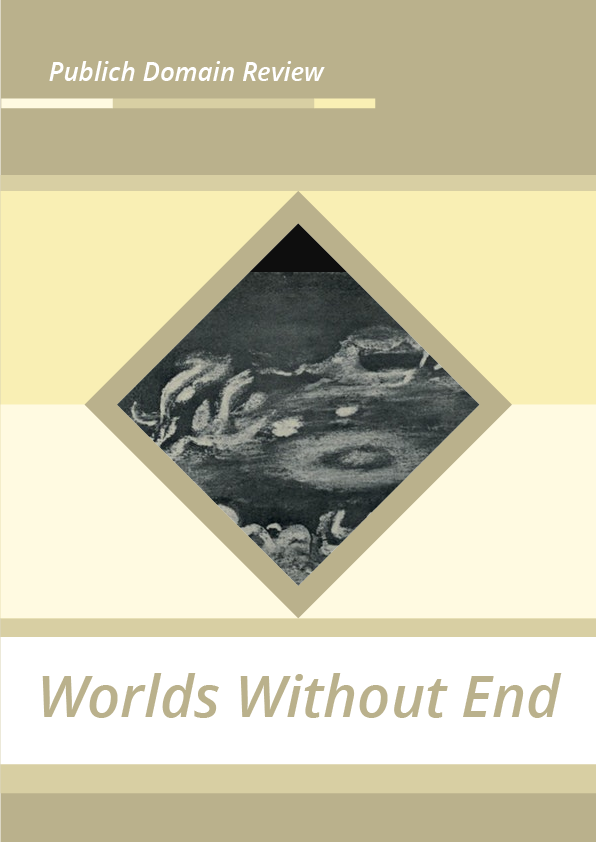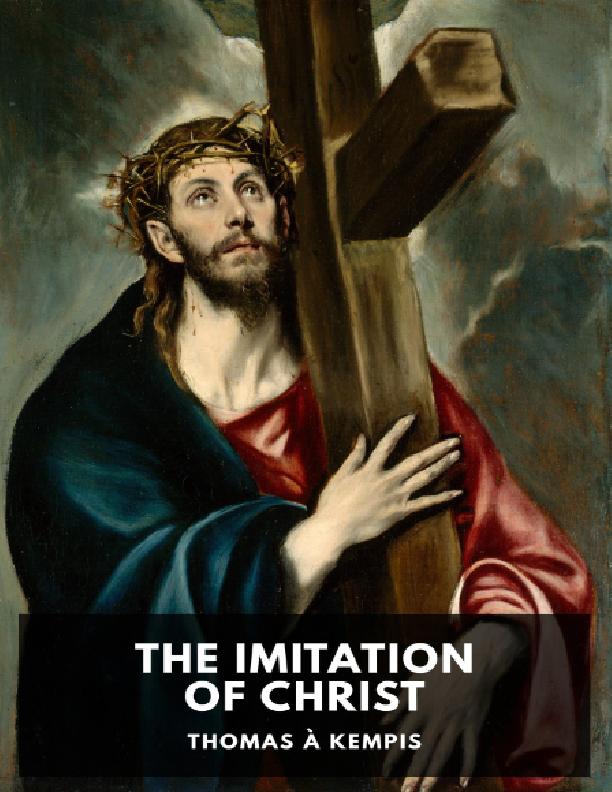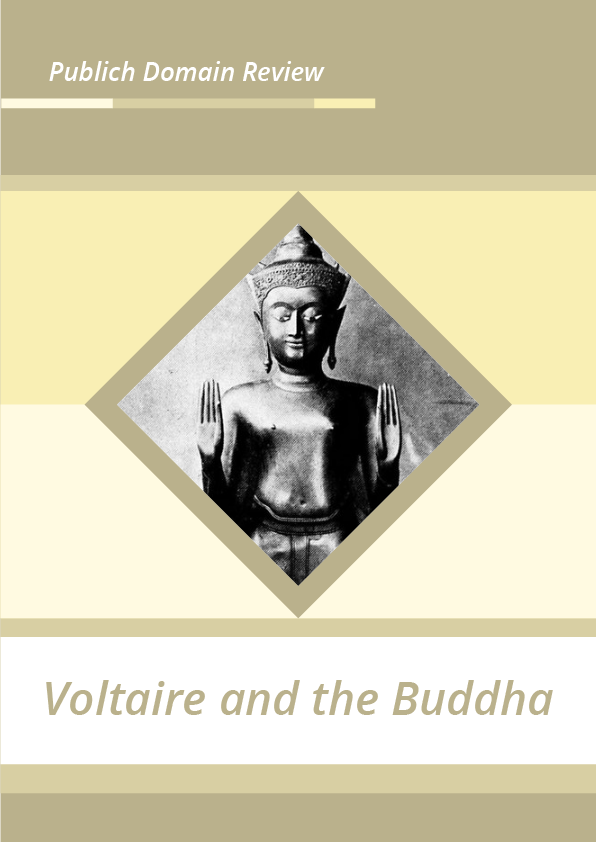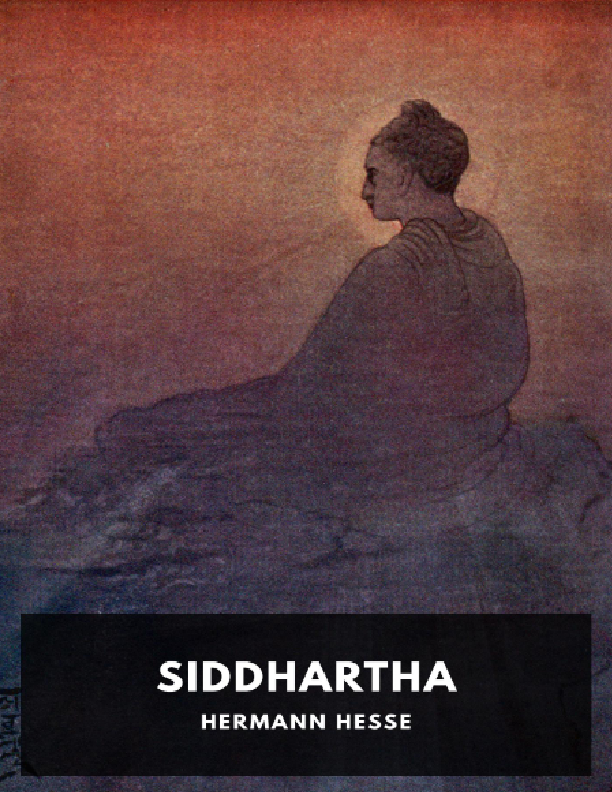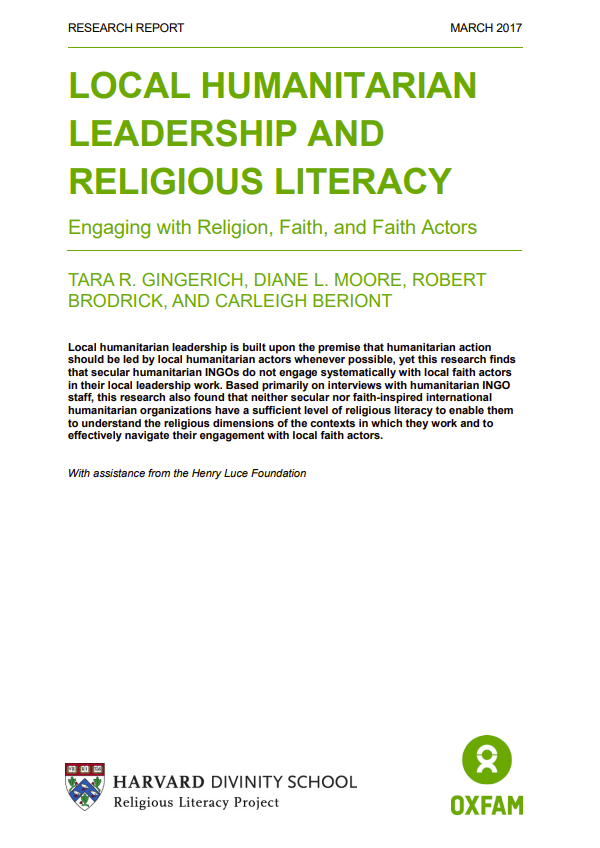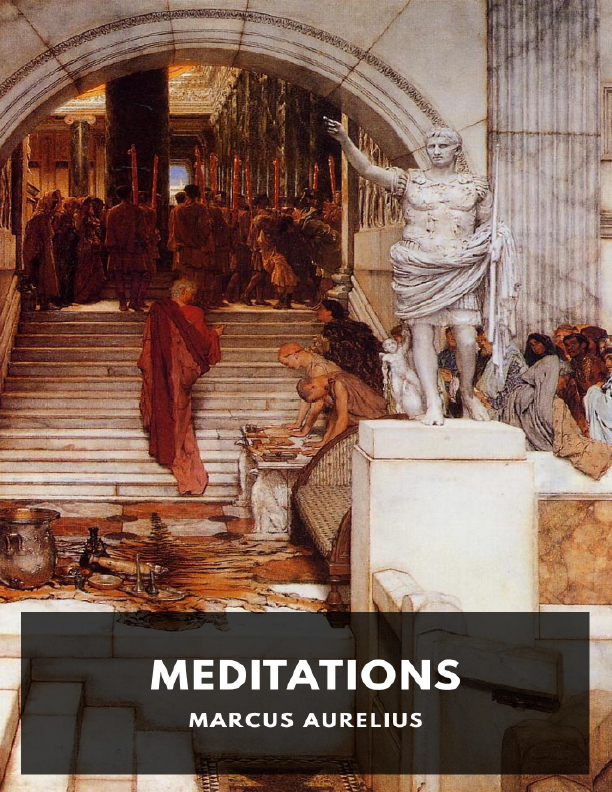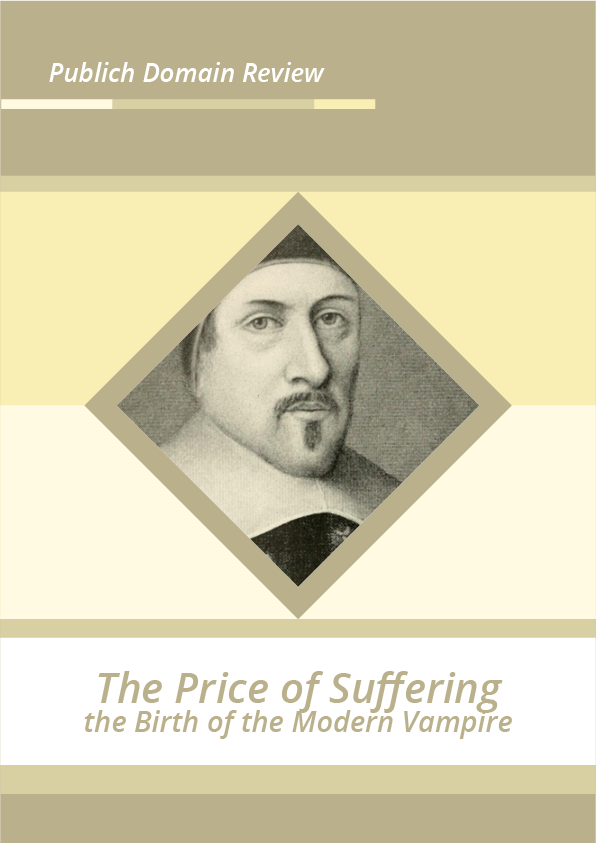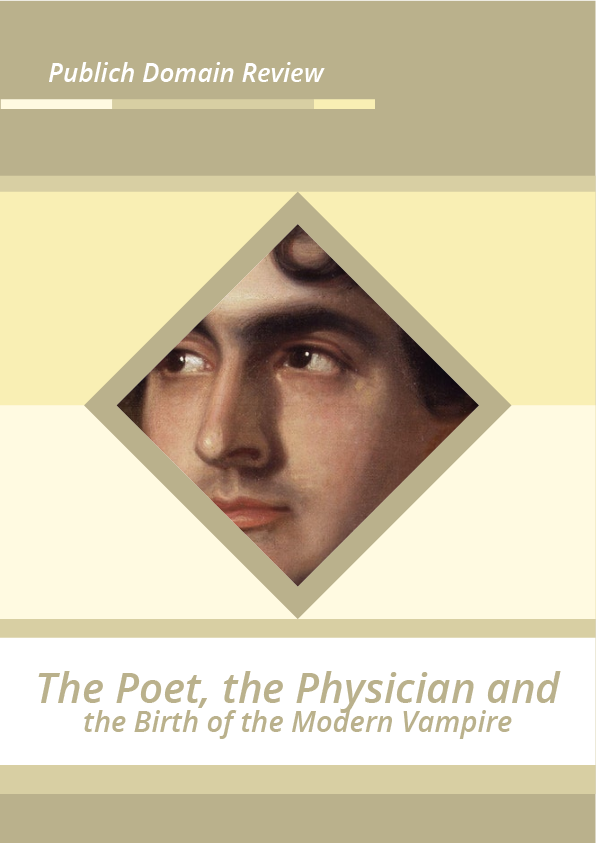At the end of the 19th century, inspired by radical advances in technology, physicists asserted the reality of invisible worlds — an idea through which they sought to address not only psychic phenomena such as telepathy, but also spiritual questions around the soul and immortality. Philip Ball explores this fascinating history, and how in this turn to the unseen in the face of mystery there exists a parallel to quantum physics today.
William Barrett was puzzled by flames. As the young assistant of the eminent John Tyndall at the Royal Institution in London in the 1860s, he noticed that flames seemed to be sensitive to high-pitched sounds. They would become flattened and crescent-shaped, as Barrett put it, like a “sensitive, nervous person uneasily starting and twitching at every little noise”. He was convinced that this “unseen connection” was mediated by some immaterial intangible influence — it was, he admitted, an effect “more appropriate for a conjuror’s stage than a scientific lecture table”.
Certain people, Barrett decided, were analogues of the sensitive flame, exquisitely attuned to vibrations that others could not perceive, to “forces unrecognized by our senses”. He considered these persons able to receive messages from supernormal spirit-beings existing in an intermediate state between the physical and the spiritual — a phenomenon that might account for telepathy.
This sounds like a strange and surprising conclusion for a scientist to reach. But in the late nineteenth century, with invisible phenomena such as electromagnetic fields becoming central to physics, unexpected new discoveries of “emanations” such as X-rays and radioactivity causing much head-scratching, and radio proving that invisible telecommunication was possible, it wasn’t easy to distinguish the plausible from the fantastical. Some researchers forecast a new union of science and religion: a kind of theoretical proof of beliefs such as the immortality of the soul. Others began to suspect that ours was not the only universe — that others might stretch away unseen in other dimensions or on “spiritual” planes. The ether, a tenuous and all-pervasive medium that all physicists considered to be the carrier of light waves, was regarded as a potential bridge between these worlds.
It is commonly asserted today that physics at the fin de siècle was believed by scientists to be on the point of completion. But that could not be further from the truth. On the contrary, at that moment almost anything seemed possible.
Psychic Forces
Barrett was no marginal figure: he was elected a Fellow of the Royal Society in 1899, and knighted in 1912. In 1881, while Professor of Physics at the Royal College of Science in Dublin, he published his findings on thought transference in the journal Nature. The ensuing controversy motivated him to convene a group of like-minded individuals who would conduct “psychical research” as a systematic science. After Barrett met with Edmund Dawson Rogers, vice president of the Central Association of Spiritualists, in 1882, the two men formed the Society for Psychical Research.
The society’s first president, Henry Sidgwick, was Professor of Moral Philosophy at Cambridge and doubtful about the claims of spiritualism. Other presidents have included William James, Lord Rayleigh, and the later British prime minister Arthur Balfour; and its members have included J. J. Thomson, Lewis Carroll, Alfred Tennyson, John Ruskin, and the former prime minister William Gladstone. The society still exists today, and its output is an odd mixture of scholarly historical studies of the field of the paranormal and reports and theories that are strange, vague, speculative, and most definitely on the scientific fringe.
